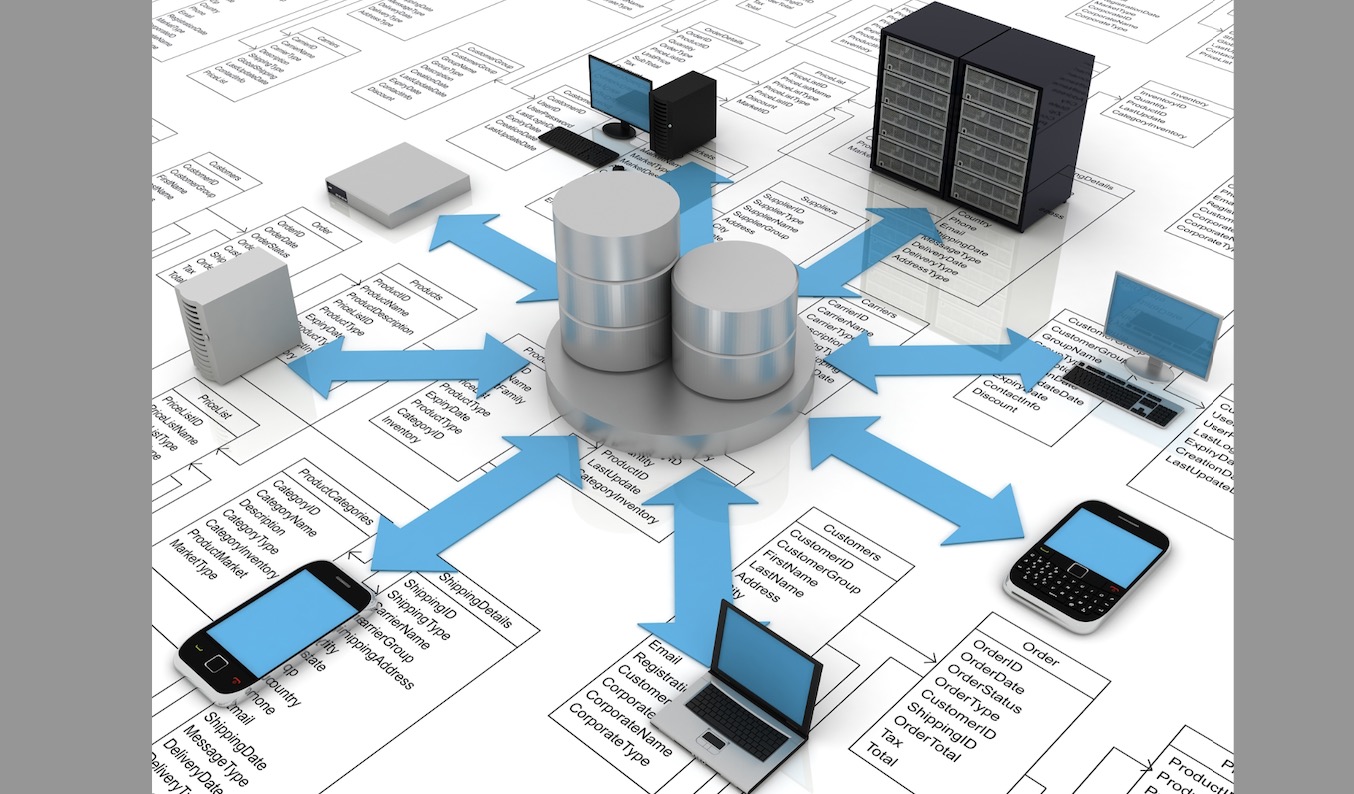In today’s software industry, databases are foundational infrastructure. They not only provide data storage capabilities, but also take on the critical tasks of data management and querying—powering the continuous evolution and scalability of modern software systems. However, databases didn’t emerge alongside the first software systems. Instead, they have continually evolved in response to increasing data complexity and growing demands for access and performance.
This article traces the journey of databases from their inception to today, and explores their future prospects. Through this lens, we’ll examine how database technology has weathered decades of technological shifts, strengthening its place as a core piece of digital infrastructure.
The File System Era
Before databases emerged (i.e., prior to the 1960s), data was stored in memory or on magnetic tape in batch processing systems. Each application defined its own file format and read/write methods. There was little data management or querying capability, and the tight coupling between data and program logic made systems difficult to scale and maintain.
As data grew more complex, developers sought better ways to manipulate and organize it. This marked the birth of the database era—the initial phase of structured data management.
The Birth of the Database
The 1970s were a turning point for database technology. IBM researchers proposed the relational model, representing data using tables and advocating for separation between data and programs to achieve data independence. Soon after, SQL (Structured Query Language) was introduced as the standard interface for managing data—enabling insertion, updates, deletion, and querying. These innovations gave rise to relational database management systems (RDBMS).
Commercialization and Proliferation
During the 1980s, relational databases gained significant traction and began to be commercialized across industries. Oracle released the first commercial RDBMS. IBM followed with DB2, and Microsoft introduced SQL Server. More and more enterprises adopted databases, accelerating their widespread adoption.
The Rise of Open Source
As commercial RDBMS products evolved and cemented their dominance, the market began to see the emergence of lightweight open-source alternatives that challenged this status quo.
Among them, MySQL and PostgreSQL became key players. MySQL gained popularity for its simplicity, ease of deployment, and cross-platform compatibility—making it a go-to solution for many small-to-medium internet companies. PostgreSQL, on the other hand, emphasized standard compliance, engineering rigor, a rich set of index types, support for complex data types, and robust transaction handling. As a result, it began to capture market share from MySQL and even shows signs of surpassing it.
The Rise of NoSQL
With the explosion of internet applications came the need to handle massive concurrent requests. Traditional relational databases struggled under high concurrency and large-scale data loads, paving the way for NoSQL databases. These databases offered more flexible data models and better horizontal scalability. Most of them were open-source and evolved rapidly with strong community support.
NoSQL databases generally fall into four categories:
- Key-value stores (e.g., Redis)
- Document stores (e.g., MongoDB)
- Column-family stores (e.g., HBase)
- Graph databases (e.g., Neo4j)
NoSQL systems trade off strict transactional guarantees in favor of flexibility, performance, and distributed capabilities—making them well-suited for big data scenarios. However, NoSQL doesn’t aim to replace relational databases; rather, it complements them.
NewSQL: Bridging the Gap
While NoSQL solved many scalability issues, it often sacrificed important features such as transactional consistency. This led to the emergence of NewSQL—databases that aim to combine the best of both relational databases and NoSQL. These systems support strong consistency, transactions, and scalability through innovative architectures.
A notable example is TiDB, which is MySQL-compatible, distributed in nature, and supports distributed transactions. TiDB has been widely adopted in various real-world scenarios.
The Rise of Vector Databases
In recent years, with the advancement of AI, large language models, and multimodal applications, traditional databases are no longer well-suited for managing and retrieving high-dimensional semantic vectors. This has led to the rise of vector databases in response to the unique demands of AI.
Vector databases aren’t typically used in conventional software systems. Instead, they serve specialized tasks like image search, real-time recommendation, and RAG (Retrieval-Augmented Generation) in deep learning applications. Representative products include Faiss by Meta and Milvus by Zilliz.
Future Trends
As application scenarios continue to evolve, so will databases. From relational databases to NoSQL, from NewSQL to vector databases—these technologies do not exist to replace one another. Each excels in specific domains and continues to evolve.
The future will likely see more hybrid database architectures, combining the strengths of multiple models—similar to what NewSQL has done. Furthermore, with the growing integration of AI, we may see the emergence of smarter, more secure, and more efficient next-generation databases.
Conclusion
From the relational model to vector databases, the database has evolved far beyond a simple data store. Understanding databases today isn’t just about writing SQL—it’s about recognizing their architectural roles and selecting the right solution for the right context.
